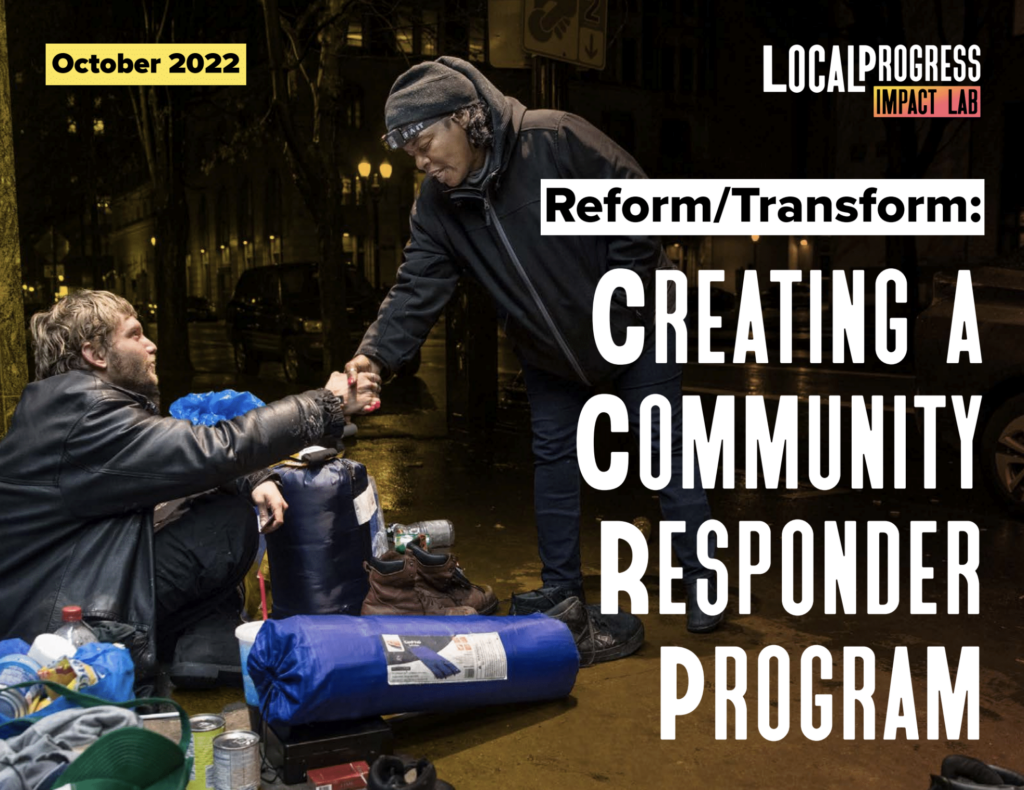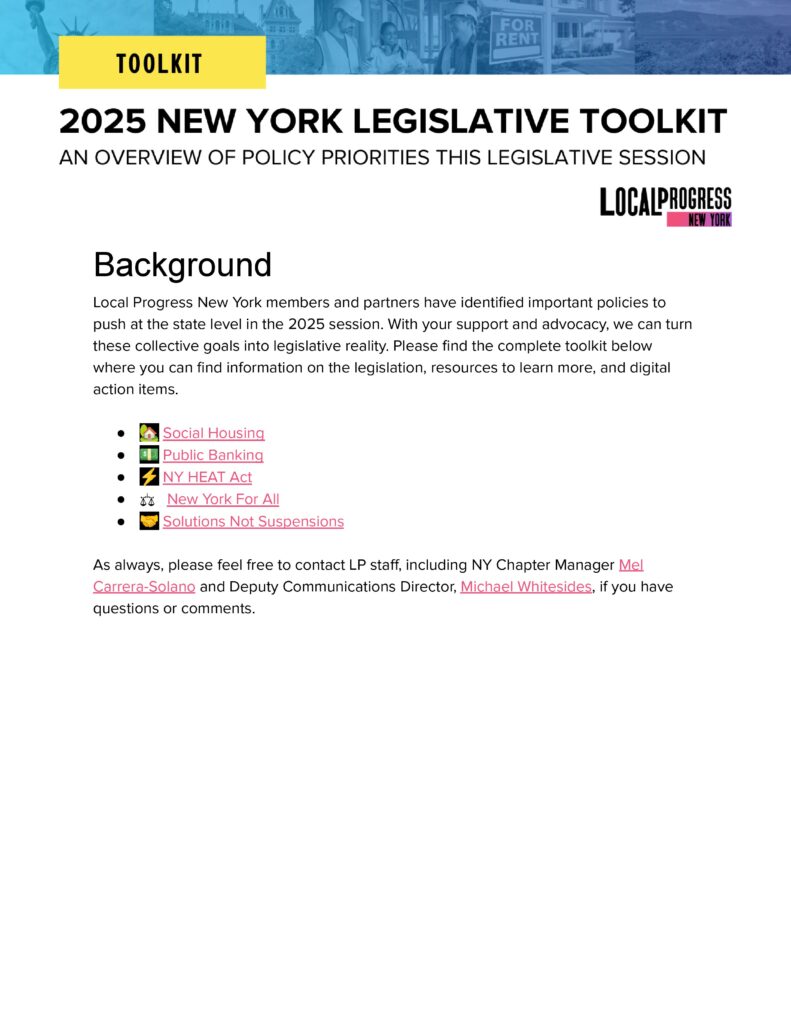
AT A GLANCE
Local Progress New York (LPNY) organizes local elected officials across the state to share best practices and policy solutions across our counties, cities, towns, and villages. Since becoming an official state chapter in 2018, we have united local officials in advocacy to support the raising the minimum wage, progressive taxation, and automatic voter registration at the state level.
LPNY currently has 211 members across the state, representing 85 jurisdictions.
Our Work & Priorities
Each year, we outline a multi-issue agenda to advance local policies, coordinate trans-local campaigns, and inform advocacy at the state level.
Our key issue areas include housing, community safety, economic justice, and environmental and climate justice.
Organizing Committee
As a member-led network, our state work is led by an incredible state organizing committee – a group of LPNY members that meet regularly to weigh in on policy priorities, propose statewide campaigns, and drive the strategic vision for our work:

MICHELE HIRSCH
Kingston Alderwoman
LPNY Organizing Committee Co-Chair

JEN MECOZZI
Buffalo School Board Member
LPNY Organizing Committee Co-Chair

DAN AYMAR-BLAIR
Beacon City Councilmember
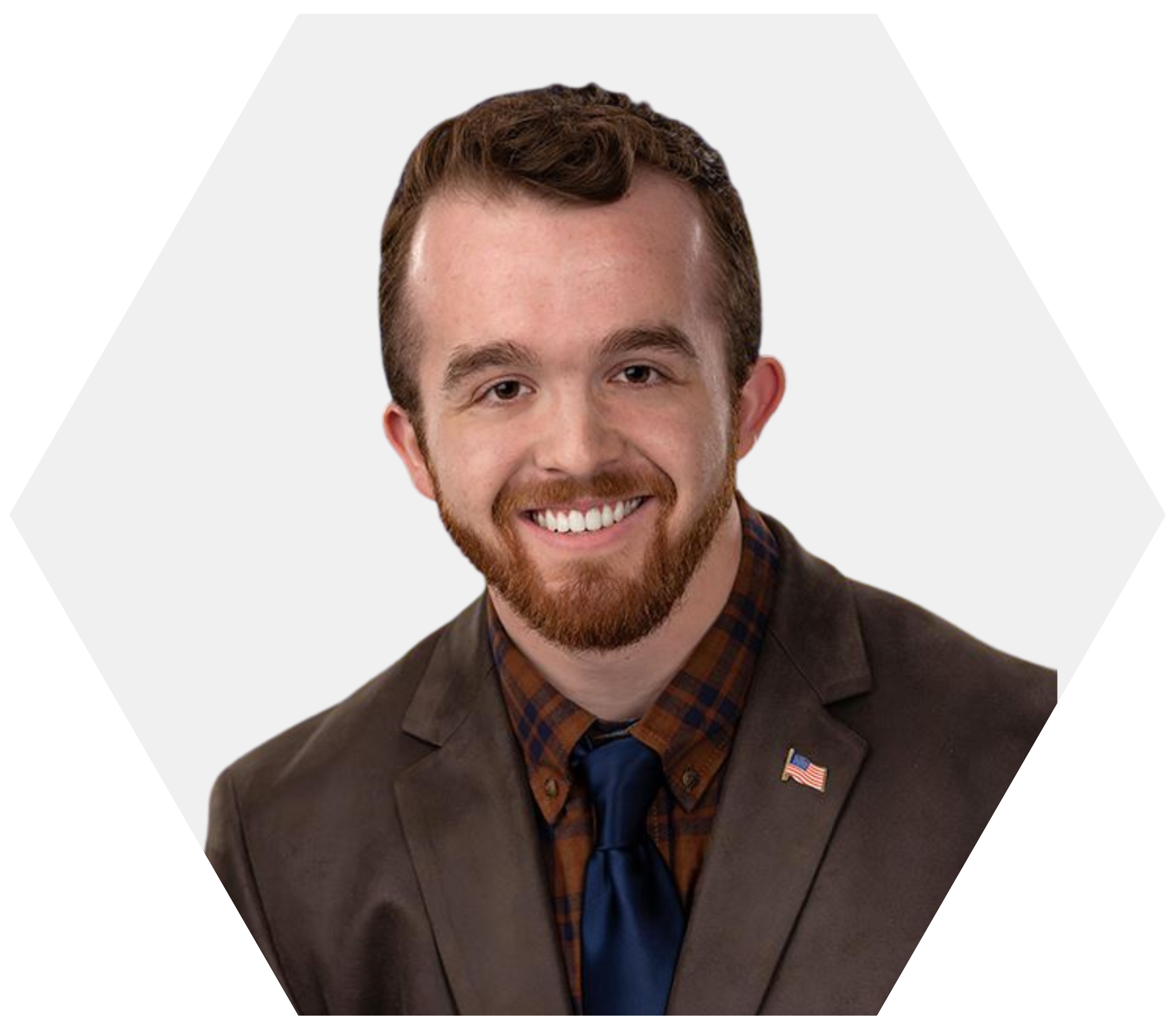
REED CLELAND
Cortland County Legislator

SAM FEIN
Albany County Legislator

ALEXANDER MARION
Syracuse Auditor

KAYLA MATOS
Ithaca Alderperson

JAMAICA MILES
Schenectady School Board Member

VERONICA PILLAR
Tompkins County Legislator

AMANDA WALLWIN
Tarrytown School Board Member
Our Statewide Priorities
HOUSING FOR ALL

Local governments across New York have been working to meet the needs of their residents and stabilize communities by expanding renter protections like good cause eviction and right to counsel.
ECONOMIC JUSTICE

Economic justice policies are necessary to ensure that every New Yorker has the opportunity to live and thrive. That includes worker protections, universal childcare, public power and public banking.
CLIMATE JUSTICE
From clean water to recycling and solar power, local governments must take action locally and at the state level in building climate justice for our communities.
IMMIGRANT RIGHTS

Every person deserves to be met with care and dignity. That means everything from welcoming new arrivals to making sure they have what they need to thrive in New York.
PUBLIC SAFETY
In New York, we can build real safety by investing in community needs, violence prevention strategies, and alternative response programs.
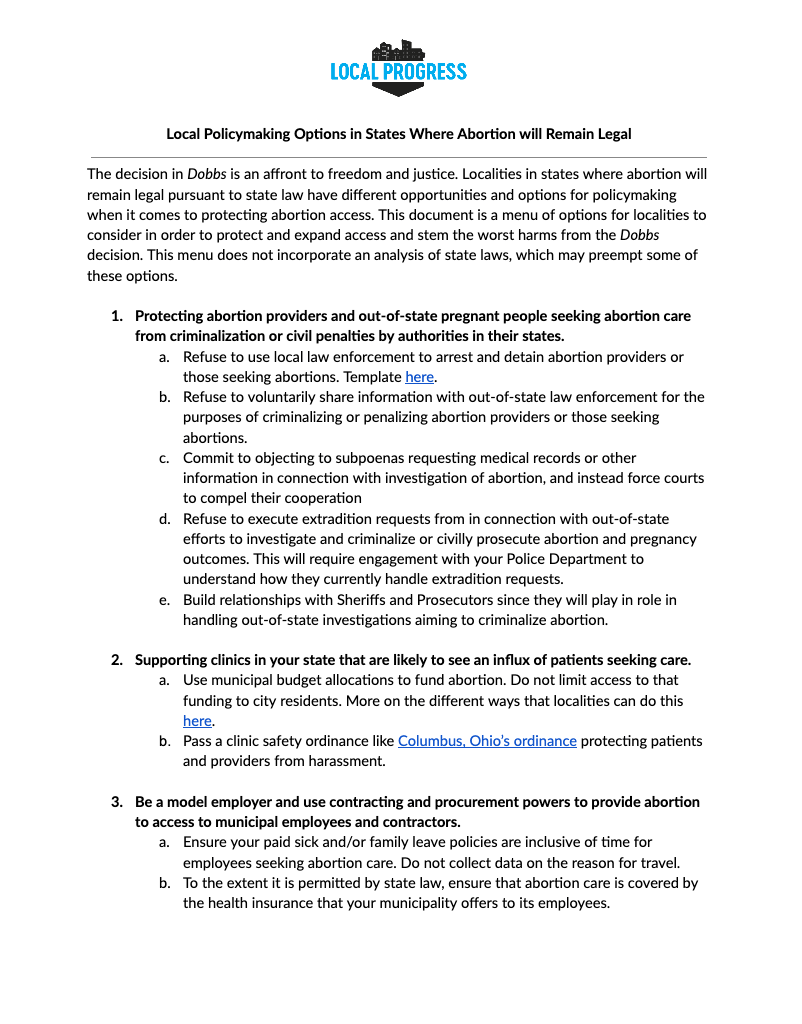
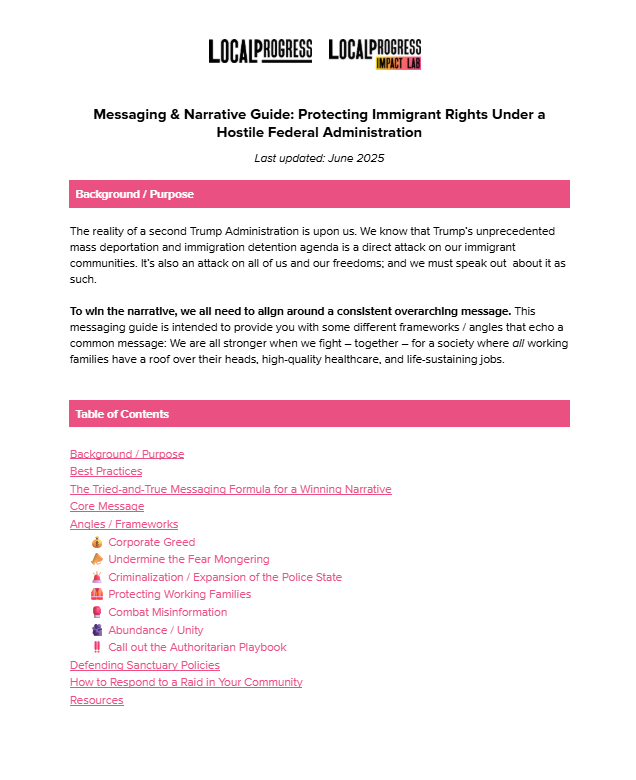
Messaging Guide
Messaging & Narrative Guide: Protecting Immigrant Rights Under a Hostile Federal Administration

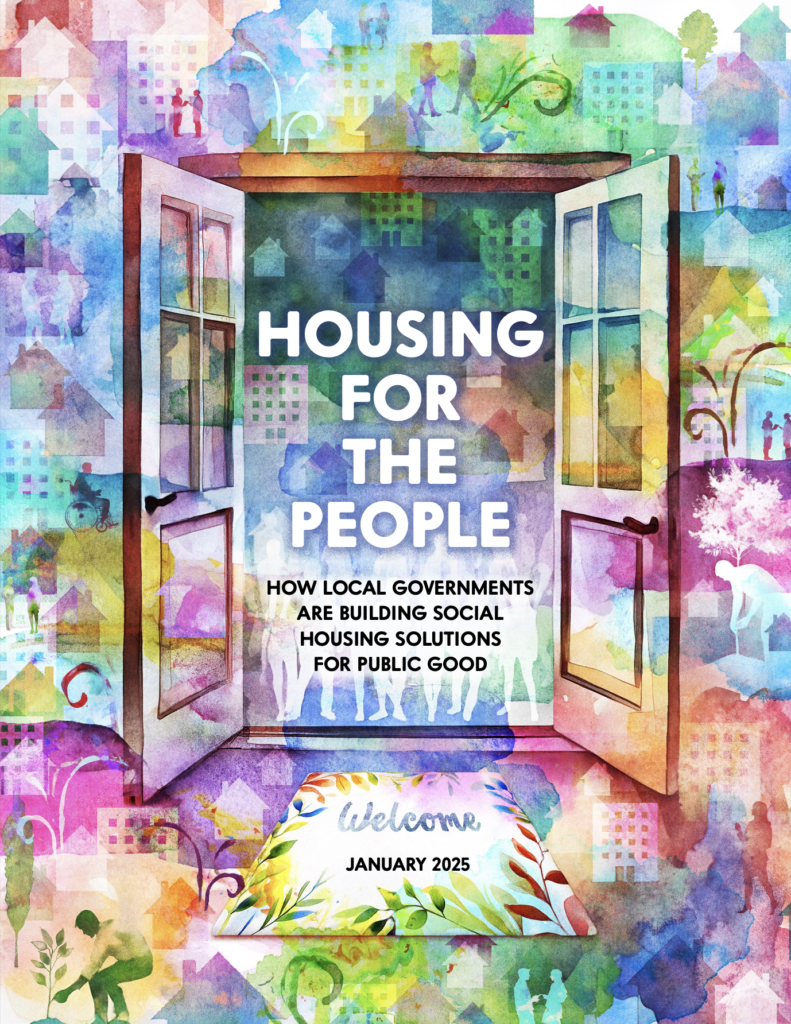
Report
Housing For the People: How Local Governments are Building Social Housing Solutions for Public Good
Get Involved In
New York
FEATURED NEWS & stories

- News Article ▹
As local laws fall, NY leaders call for statewide ‘good cause’ eviction legislation
In a letter to state leaders shared exclusively with City & State, dozens of local leaders pushed for the tenant protections.
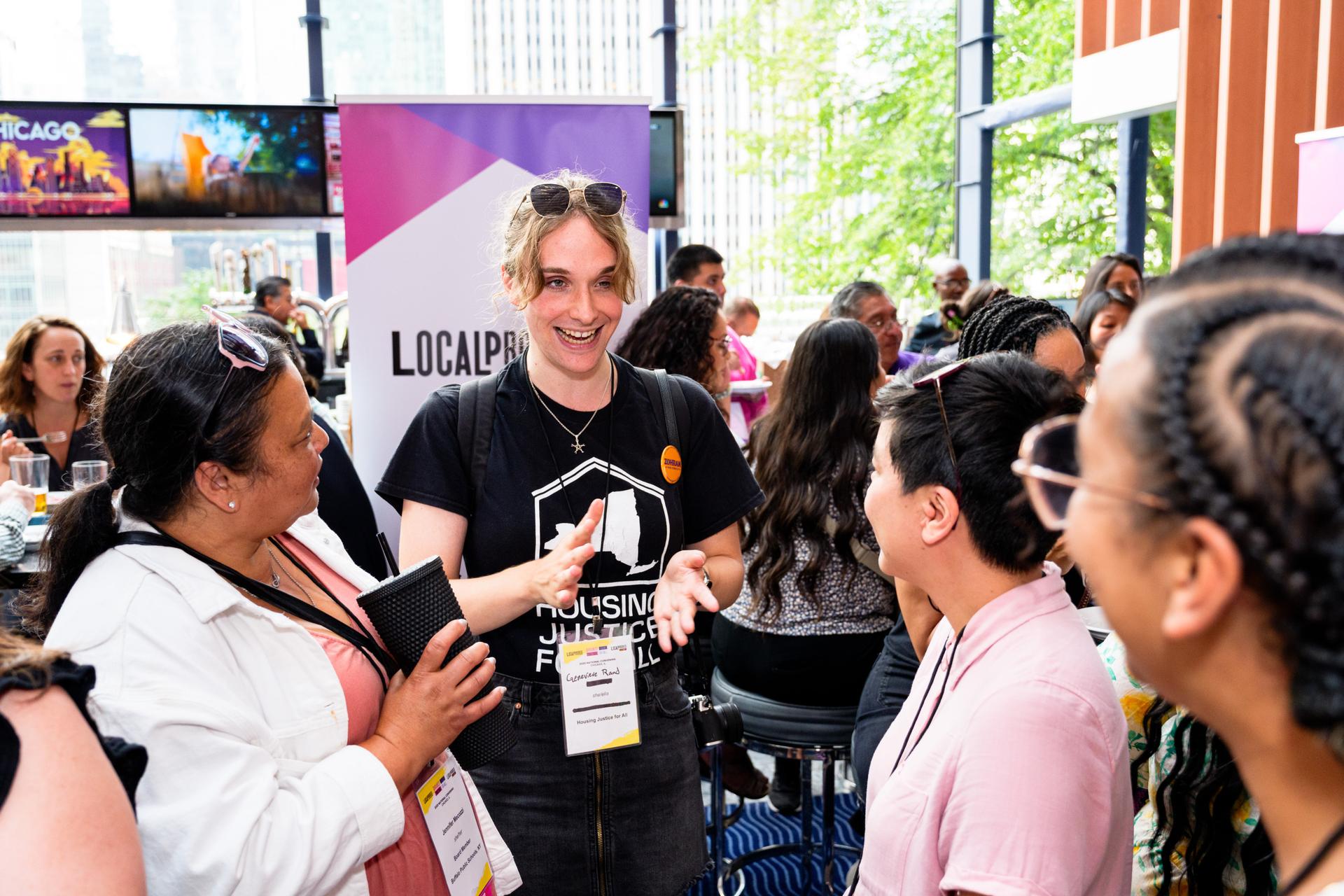
- ▹
LPNY State Download ☀️ | Buffalo Meetup, NYC PGL, and Leadership In Action | Summer 2025
Learn more about our bold leadership taking action across the state!
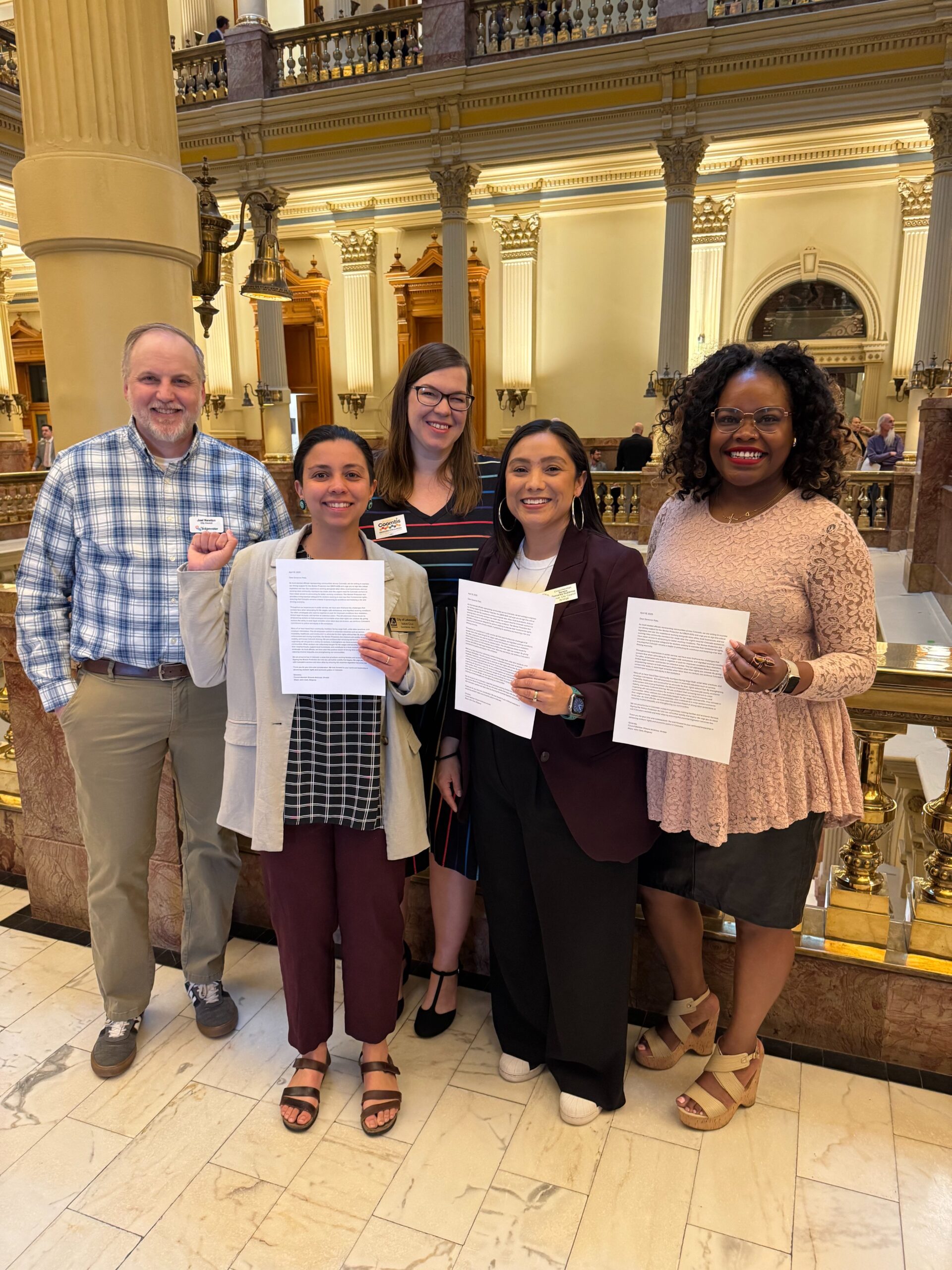
- Housing
- ▹
LP Members & Union Leaders Call To Overturn WPA Veto
Municipal Officials join labor leaders to call out the Governor for rejecting this Common-Sense legislation
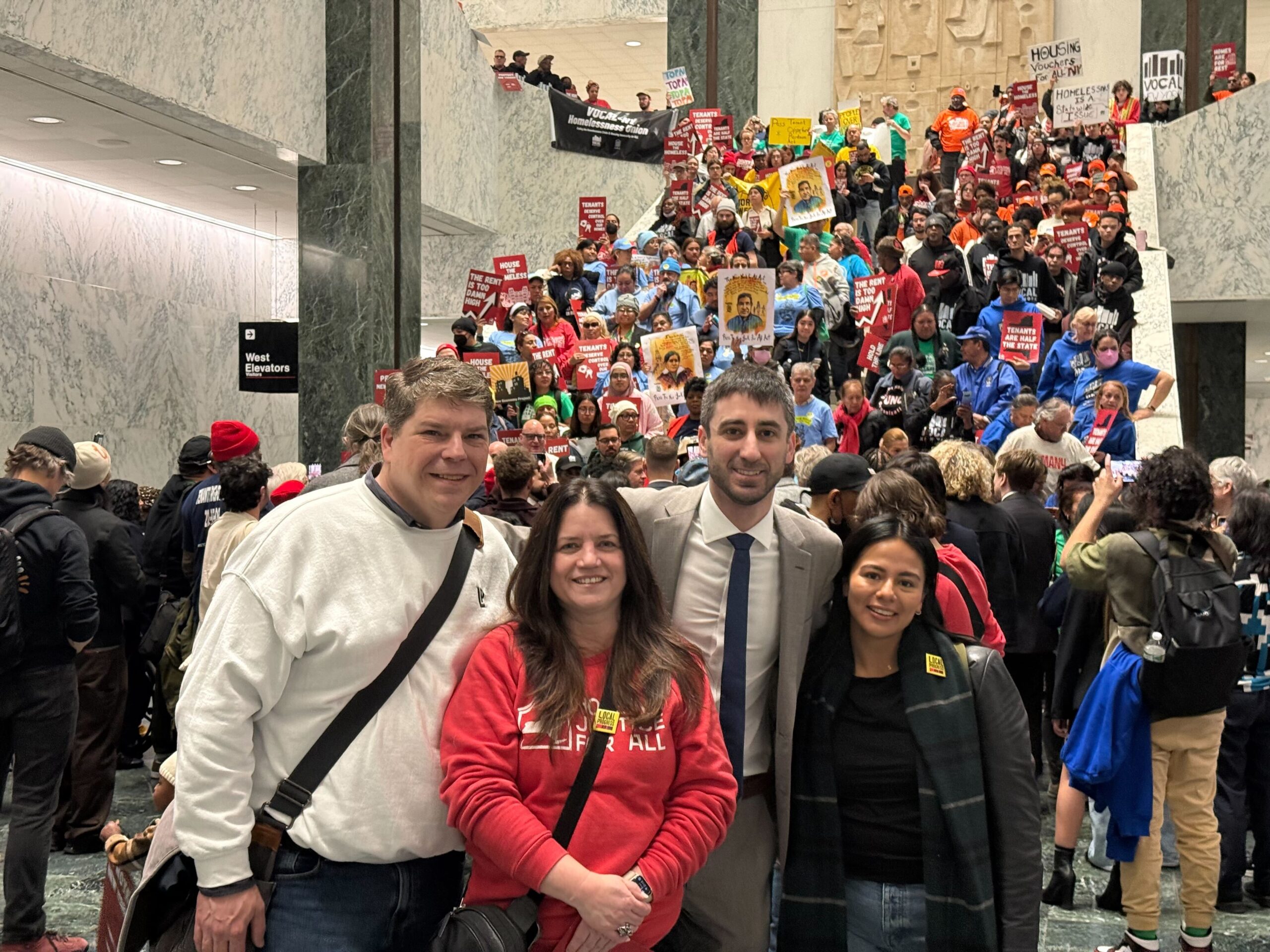
- ▹
LPNY State Download 🌺| Trump 100 days, Housing Advocacy Day, Westchester meetup and more! | Spring 2025
Learn about the latest initiatives from our LPNY chapter and explore opportunities to deepen your leadership.
